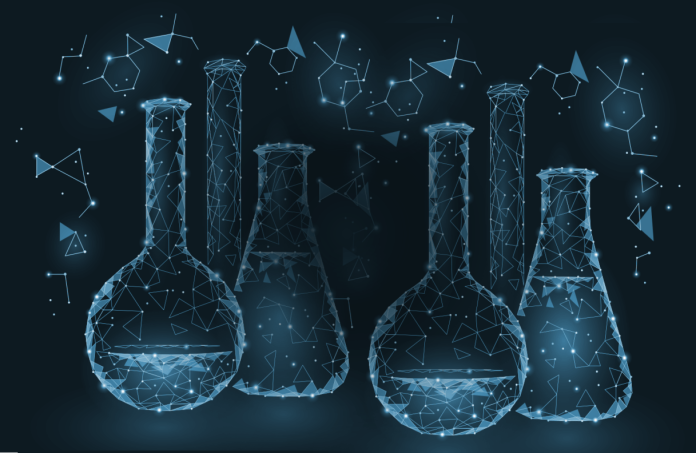In the world of science, an important event took place: scientists from the National Laurens National Laboratory in Berkeley managed to make another breakthrough in the synthesis of heavy chemical elements. Using a powerful bundle of a rare titanium-50 isotope in the particle accelerator, they synthesized the element number 116-livermore. The success of this experiment opens the way to create the most difficult chemical element in the periodic table - UNBINIL with atomic number 120.
Livermore (element # 116) was already synthesized 24 years ago. However, for the last experiment, the researchers used a new method - an accelerator of particles in which a bundle of titanium with a temperature above 1600 ° C was directed to a target of plutonium. As a result of a 22-day experiment, scientists have proven that this method allows to synthesize heavy elements with high efficiency. Their success opens the door to more complex nuclear physics research and brings closer to the creation of overweight elements.
To create superfluous elements, scientists usually use a target of california, which is particularly stability. However, in this experiment, physics decided to apply Titan-50-a rare isotope that allows you to achieve more mass in the end. This decision made it possible to create an element that seemed almost impossible for synthesis.
The results obtained hope that scientists will soon be able to synthesize an element with a number 120. However, the creation of UNBINIL will require much more time-ten times more than an experiment with livermore, because the bombardment of California-249 is a long-term training and continuous work.
Unbilium is expected to be more stable than other heavy elements. This will expand the limits of research in nuclear physics, especially in the study of the properties of heavy nuclei. Scientists hope that this breakthrough will help to discover new physical principles and possible applications in the future.
Adding each new element to the periodic table is a long and difficult process. The elements coming after 95 are created exclusively in the laboratory, since they are not found in nature. Their synthesis requires the combination of two stable elements in particle accelerators, as well as the proper conditions for overcoming the decay in a second.
Scientists hope that UNBIND will be much more stable than previous heavy elements. This will allow physicists to conduct innovative research and possibly find new areas of use of overweight elements. However, the path to creation of UNBINIL will be difficult and will require not only new technologies, but also the expansion of theoretical knowledge in the physics of elementary particles.


